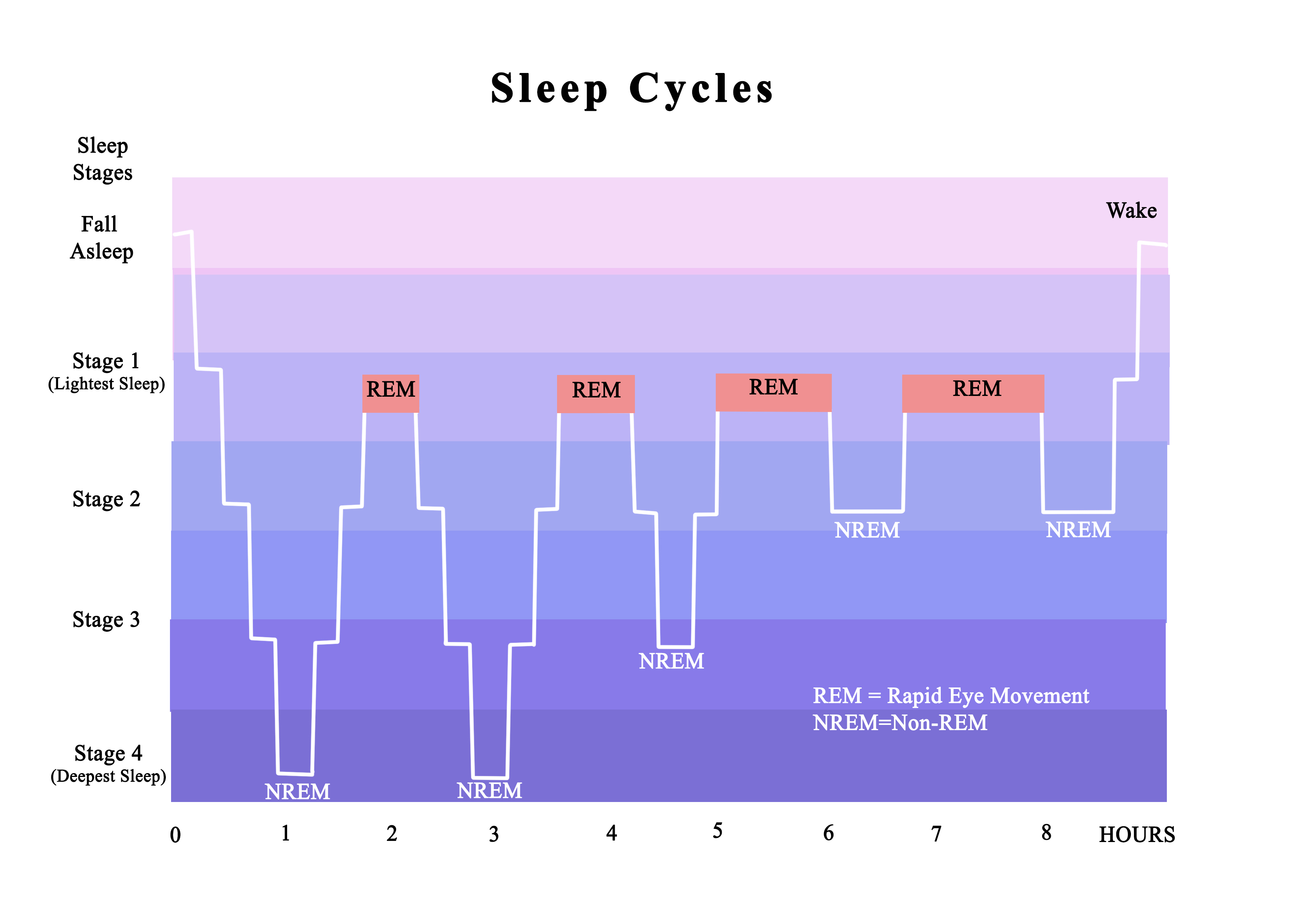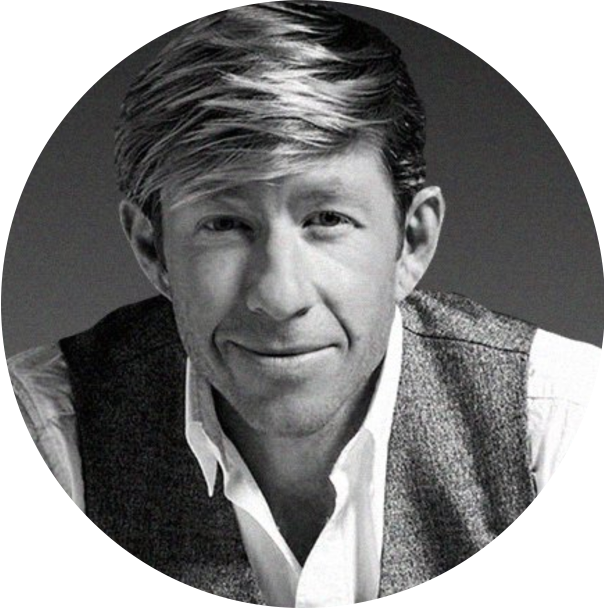
This comes with unpleasant symptoms such as drowsiness even after sleeping and a lack of concentration.

Too much sleep disruption can lead to a sleep deficit, or the difference between the amount of sleep you need and the amount of sleep you get. Stay hydrated, and resist the urge to take a long nap-stay active, chew gum, or smell rosemary, peppermint, or coffee to help keep you up.) What Happens When You Disrupt Your Rhythm (Shortform note: It’s best to avoid pulling an all-nighter, but if you must, you can minimize the disruption to your sleep routine by keeping yourself awake until your next bedtime. But at 8AM, your wake cycle restarts and closes the gap and you feel more awake. Your adenosine keeps rising, so when your wake cycle dips at 3AM the gap is larger and you feel tired. Walker says that this explains an odd phenomenon: Pulling an all-nighter and getting a second wind in the morning. In the morning, your wake drive starts up again and your adenosine has been depleted by sleep-you feel awake because you’ve reduced the adenosine-circadian gap. Sleep naturally happens when your adenosine is at its highest and your circadian “wake drive” is at its lowest. It rises consistently throughout the day without sleep. Adenosine-a chemical that causes “sleep pressure,” or the increased desire to sleep. He also clarifies in his blog that there are exceptions to the seemingly universal phenomenon, mentioning mammals that don’t seem to have a circadian rhythm.)Ģ. Walker addresses this point in the second edition by changing the phrasing to “ most living creatures on the planet” (emphasis ours). In his blog, researcher Alexey Guzey says that this is false-brewer’s yeast, which lives for more than 20 days, does not go through this cycle. (Shortform note: In the first edition, Walker had written that “every living creature on the planet with a life span of more than several days” has a circadian rhythm.

Circadian rhythm-regulated by melatonin (produced by the suprachiasmatic nucleus in the brain), it’s the natural “wake drive,” which responds to light and darkness and thus makes you stay awake during the day and wanes at night. He explains that there are two mechanisms that regulate sleep: the circadian rhythm and adenosine.ġ.

Walker begins by discussing the mechanisms regulating sleep as well as the human sleep cycle.

(Shortform note: At least one study disputes the claim that sleep is a vital function, showing that a certain type of fly is “virtually sleepless.” The findings of the study thus present a different perspective when it comes to the biological role of sleep.) Part 1: How Sleep Works These deep biological roots suggest that sleep is a vital function and that it isn’t simply a vestigial byproduct of evolution. Walker states that sleep is universal in animals (even in insects and worms). 1-Page Summary 1-Page Book Summary of Why We Sleep


 0 kommentar(er)
0 kommentar(er)
